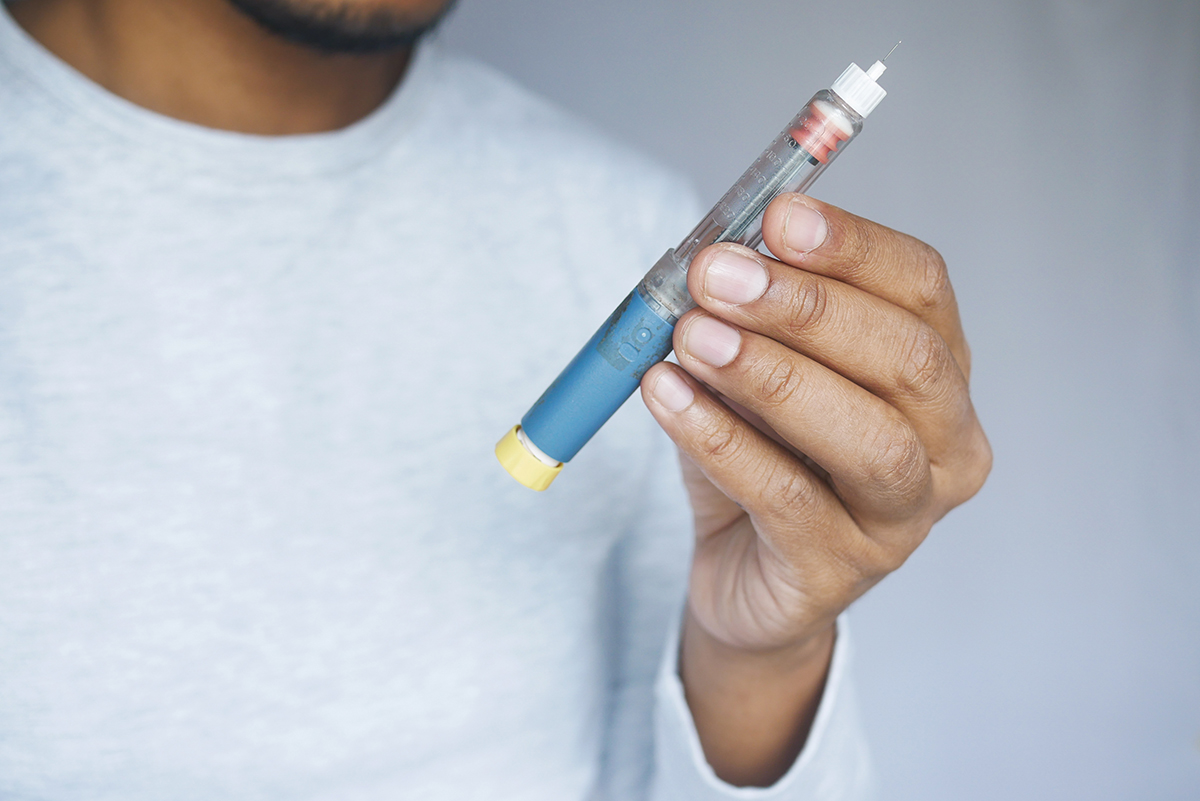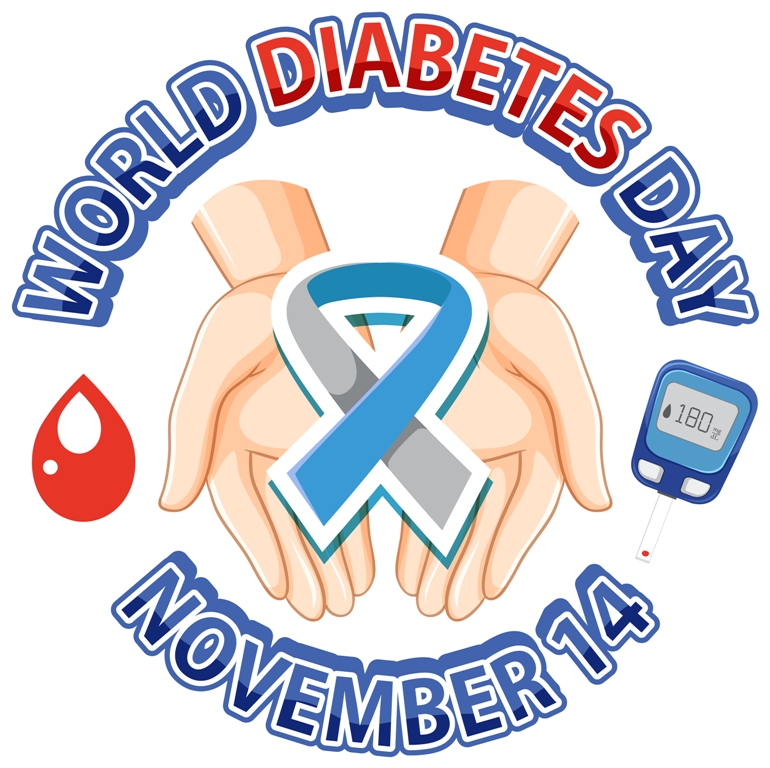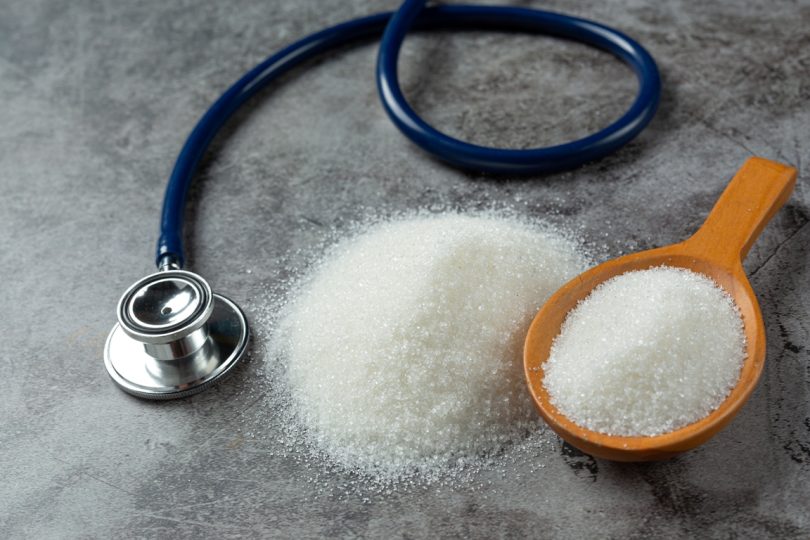Diabetes management requires an intricate balance of lifestyle adjustments, medications, and continuous monitoring. Amidst these tools and techniques, the pinch method has emerged as a transformative strategy. But, what is the pinch method for diabetes? Join us on a detailed journey to understand this technique and its role in diabetes care.
Table of Content
- Origin of the Pinch Method
- Defining the Pinch Method
- Exploring the Benefits
- Stories from the Diabetes Community
- Practical Tips and Recommendations
- Concluding Thoughts
Origin of the Pinch Method
The pinch method, as we know it today, has deep roots in the history of diabetes management. Its journey traces back to a time when insulin injections were relatively new and posed significant challenges. As insulin became a widely accepted treatment, its administration became a focal point for healthcare practitioners. One of the principal concerns was ensuring the effective absorption of insulin into the body. Inconsistent or improper injections could lead to fluctuations in blood sugar levels, making diabetes management even more complicated.
The need for a reliable and consistent injection technique became evident. Many might wonder, what is the pinch method for diabetes? To answer this, health professionals during those times delved deep into research and trials. Their primary goal was not only to ensure effective insulin delivery but also to reduce any pain or discomfort associated with the injections. It was essential for patients to feel confident and at ease with their daily routine, knowing that their method was both safe and efficient.
The perseverance of these healthcare pioneers eventually paid off. From their dedication and rigorous research, the pinch method was born. It presented a straightforward solution, effectively addressing the challenges of insulin administration. By pinching a fold of skin and injecting insulin into the lifted area, the risk of intramuscular injections was significantly reduced. This method ensured that insulin was consistently delivered to the subcutaneous fat, which is the ideal site for absorption.
The pinch method’s origin is a testament to the continual evolution of diabetes management techniques. It underscores the commitment of the medical community to provide better, more efficient solutions for people living with diabetes.
Defining the Pinch Method
When delving into diabetes management techniques, a recurring query is, “what is the pinch method for diabetes?” Simplified, it’s a game-changer in insulin administration, harmonizing both simplicity and efficiency. But how does it function?
Central to this approach is the act of pinching. By carefully creating a fold of skin and subcutaneous fat, the underlying muscle is distanced, preparing a fat-rich zone for the insulin shot. This step is pivotal given the contrast between muscle tissue and fatty tissue. Muscle’s dense blood vessel network means substances, like insulin, are absorbed speedily, potentially leading to sharp blood sugar drops and the perilous condition of hypoglycemia.
Conversely, subcutaneous fat offers predictable insulin absorption. This results in stable blood sugar levels, a linchpin in diabetes management. Hence, the pinch method doesn’t just reduce the muscle injection risk, but also capitalizes on every insulin dose, optimizing its impact while cutting down potential mishaps.

Exploring the Benefits
The pinch method, a nuanced technique in diabetes management, offers an array of advantages that transform insulin administration. While many ponder over the question, “what is the pinch method for diabetes?”, its benefits make it an invaluable tool for those seeking efficient blood sugar management.
- Consistency in Absorption: Targeting the subcutaneous fat ensures reliable insulin absorption, leading to stable blood sugar levels.
- Minimized Discomfort: By avoiding the muscle layer, this method makes injections less painful, easing daily routines.
- Risk Management: The pinch method significantly reduces risks associated with incorrect injections, especially those leading to rapid glucose drops.
- Improved Confidence: Utilizing a proven technique boosts patients’ confidence, empowering them in their daily self-administration.
- Flexibility in Injection Sites: The method provides flexibility in choosing injection sites, reducing potential skin complications.

Stories from the Diabetes Community
When diving into the question, “what is the pinch method for diabetes?”, firsthand accounts from the diabetes community can offer illuminating insights. Through the journeys of Robert and Lillian, we can better grasp the real-life impact of this technique.
Story 1: Robert’s Transformation
Robert, a diligent software engineer, had the challenging task of managing his demanding job alongside the intricacies of Type 1 diabetes. With unpredictable meal schedules combined with daily stressors, maintaining stable sugar levels was an uphill battle. However, upon being introduced to the pinch method, there was a noticeable shift in his diabetes management. The stabilization in his sugar readings was a clear testament to the technique’s effectiveness. But more than that, the daily ritual of injections, which once felt like a daunting task, became notably simpler. For Robert, the pinch method wasn’t just a technique—it was a tool that gave him a renewed sense of control over his diabetes and, by extension, his life.
Story 2: Lillian’s Journey
Lillian, having served as a dedicated school teacher, stepped into retirement with two decades of Type 2 diabetes management under her belt. Over the years, the mere thought of injections evoked a sense of dread, largely due to the associated discomfort. Everything changed when a compassionate nurse introduced her to the pinch method. Suddenly, injections weren’t the feared adversary they once were. In fact, Lillian felt empowered and driven to share this newfound knowledge. Now, she spends her time teaching this transformative technique at community gatherings. Her hope? That by sharing what the pinch method for diabetes did for her, she can bring relief and empowerment to others walking a similar path.

Practical Tips and Recommendations
Understanding the concept of “what is the pinch method for diabetes” is just the beginning. Implementing the technique effectively and safely in your day-to-day routine is vital. Here are some enhanced practical guidelines:
Rotate Your Injection Sites: It’s tempting to have a favorite spot for injections, but this can lead to complications. Continuous use of the same site can cause skin thickening or lipohypertrophy – lumps under the skin due to the accumulation of extra fat. By switching up your injection areas, you ensure the skin remains in good condition and that the insulin gets absorbed effectively.
Prioritize Needle Freshness: Reusing needles might seem like a way to save, but every injection deserves a fresh needle. A new needle ensures cleanliness, reducing infection risks, and provides a smoother injection experience. This means less pain and more efficient insulin delivery.
Personalize Your Approach: We all have unique bodies, and sometimes, a one-size-fits-all approach doesn’t work. Consulting with a healthcare provider can help tailor the pinch method to your specific circumstances, ensuring optimal results.
Enhance Comfort with Complementary Techniques: A small step like warming the insulin to body temperature before an injection can make a significant difference. Holding the insulin vial in your hands for a couple of minutes can achieve this. When combined with the pinch method, the injection process can become much more comfortable.
Stay Informed: Medical advice and techniques can evolve. Keep in touch with healthcare professionals and remain open to updates or modifications regarding the pinch method to always practice the most effective and safest version of the technique.

Concluding Thoughts
The diabetes journey is unique for each individual. Still, techniques like the pinch method offer a universal advantage, making daily management more bearable and efficient. As with all techniques, personalized adaptation, continual learning, and community support play pivotal roles in reaping the full benefits.
While the pinch method stands out, remember to continuously engage with your healthcare team, ensuring your strategies align with your health objectives.






